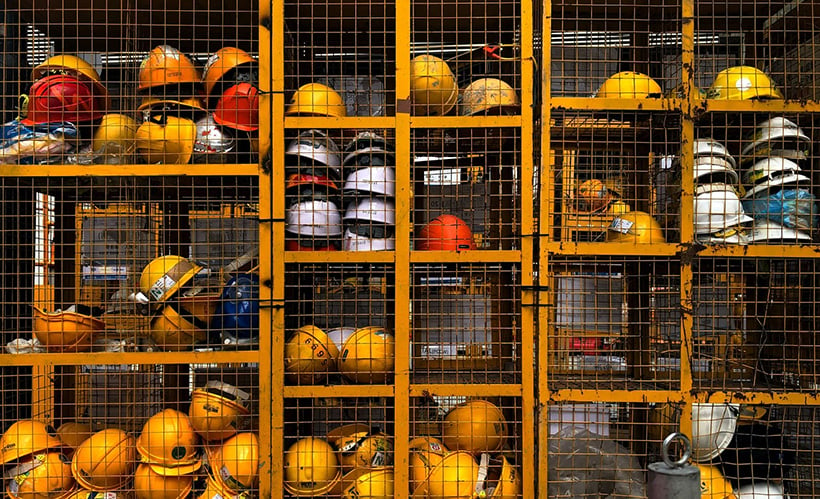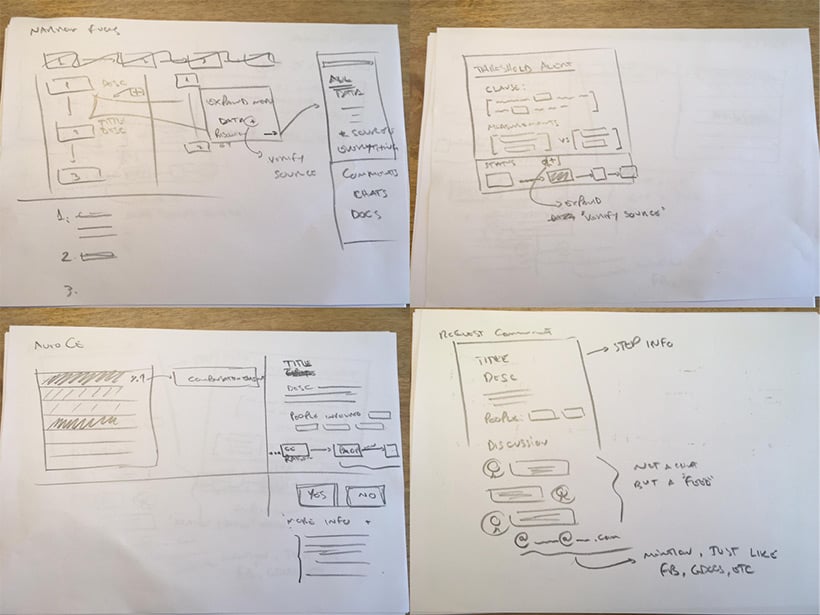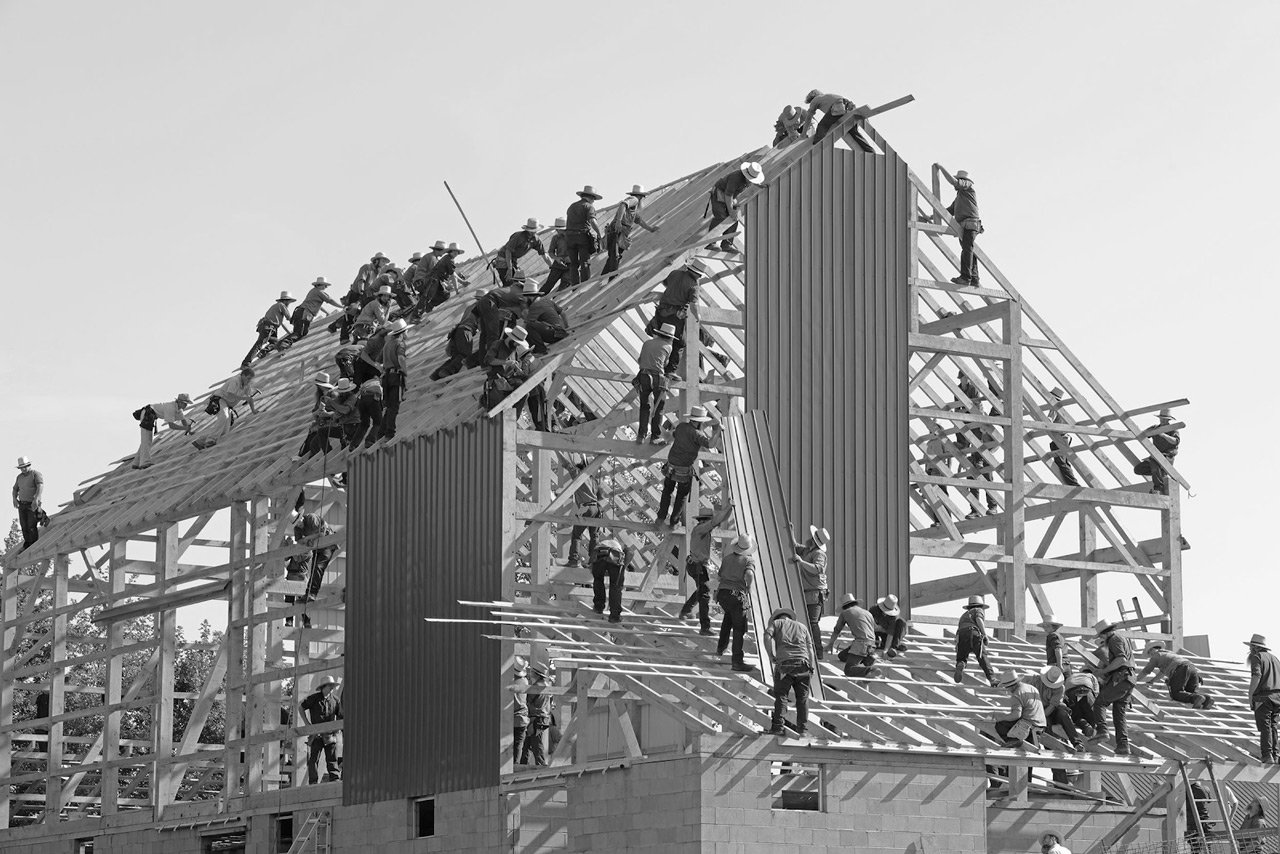Co-creation is the process by which value is collaboratively built by engaging with experts, customers, stakeholders and others. This additive process enables new ideas to emerge and build on top of each other.
Our Innovate grant is over so I wanted to write a post about the process of co-creation that we undertook and the many benefits that came from this. Through this grant we worked with BAM Nuttall and Ferrovial Construction, both industry leading contractors who are committed to innovation. We worked with Clyde and Co, global solicitors who pride themselves at being at the forefront of smart contracting. We worked with Connected Places and Digital Catapult, both groups of researchers and innovators who have helped create some fantastic outputs on top of the tech that we built.

All good things must come to an end
Our Innovate UK grant aimed to create the first smart contract solution for the construction industry in just 1 year, with the weather clause as the key focus. You can read more about the smart contracts in the next article, but without giving too much away we achieved this objective and much much more.
The year was strange and amazing in equal measure, with covid making us change tactic. It was quickly evident our original plan of site visits and whiteboards had to be thrown out. The consortium adapted to the new world of zoom and digital sticky notes with ease. It’s obviously hard to say what could have happened, but I think the fact that we met everyone digitally enabled us to speak to so many more people, in so many other parts of the industry. This fact likely enhanced our project significantly.
The act of discovery
We undertook the project with a prototype and some knowledge of the problem of weather risk but from day 1 sought to learn as much as we could. We knew that there was complexity in the problem but we hadn't realised just how many intertwining threads there were. Weather risk in construction is something that seems to have been ignored for too long.
We purposefully did not shy away from this complexity and tried to map the problem and how it connected to different parts of the industry. What started out as a contract problem, soon molded into a planning problem and a risk transfer problem. We realised that there were parts that sat at project level and likely at higher levels too.
The discovery process was successful because we made sure to leave our assumptions at the door of each meeting and let the conversation flow freely. We also did our best to be humble and admit when we were wrong so that we could focus on problems that were more important.
I have a whole folder on my computer with images of old sketches and designs that helped us learn but never made it past the drawing board.

Diverse perspectives
We spoke with people at various levels from those working on site, to those working on contracts, to in house legal directors and risk managers. Seeking out as many perspectives as possible helped us separate anecdotal problems from issues that persevered.
We knew that to create a solution it had to work for everyone, as technology uptake has hindered the industry in the past. Dealing with this fact we were conscious to focus on simplicity and trust as defining principles of what we designed. Even now as we roll the solution out, we guarantee time to spend with those in the business who struggle more with tech, so they are not left behind.
Does this really work?
Co-creation is the fundamental process driving innovation in every industry, so it stands to reason that construction is no different. Grants such as the Transforming Construction Challenge, which funded our project, are essential to help the industry discover it’s experimental streak. Startups are a fantastic way to inject some fresh perspective into a stale conversation and with the energy and enthusiasm of the other members of the consortium I think the fact we achieved our objectives and more speaks to the power of the process.
Weather risk in construction now has a platform with 4 key tools to completely tackle it. This comes just in time as the climate crisis exacerbates this risk.

What lessons should the industry learn from this?
The industry holds massive amounts of expertise, as well as an inevitable baggage that is passed down to each generation of newcomers. On the one hand this experience is good, but it also can limit the appetite for change, which is needed now more than ever before in the industry.
The key lesson the industry should take away from this project is that bringing together different people, perspectives and skill sets can enable real, industry changing solutions to be created. Being willing to have those hard conversations and realise that maybe your intuition is wrong will be key to leveraging your knowledge to build something better.
Some reading recommendations
If you are in the construction industry and want a flavour of the thinking that EHAB has adopted to make sure we’re solving problems in meaningful ways then we recommend the books on this list:
- The Lean Startup - by Eric Ries
- Design Sprint - by Jake Knapp, John Zeratsky & Braden Kowitz
- Design for the Real World: Human Ecology and Social Change - by Victor Papanek
- The Design of Everyday Things - by Donald A. Norman
If you want to read more about the EHAB weather risk management solution please view the one pager here. If you want to learn more about how this suite of products can help you tackle weather risk on your site and across your portfolio then please reach out here.



